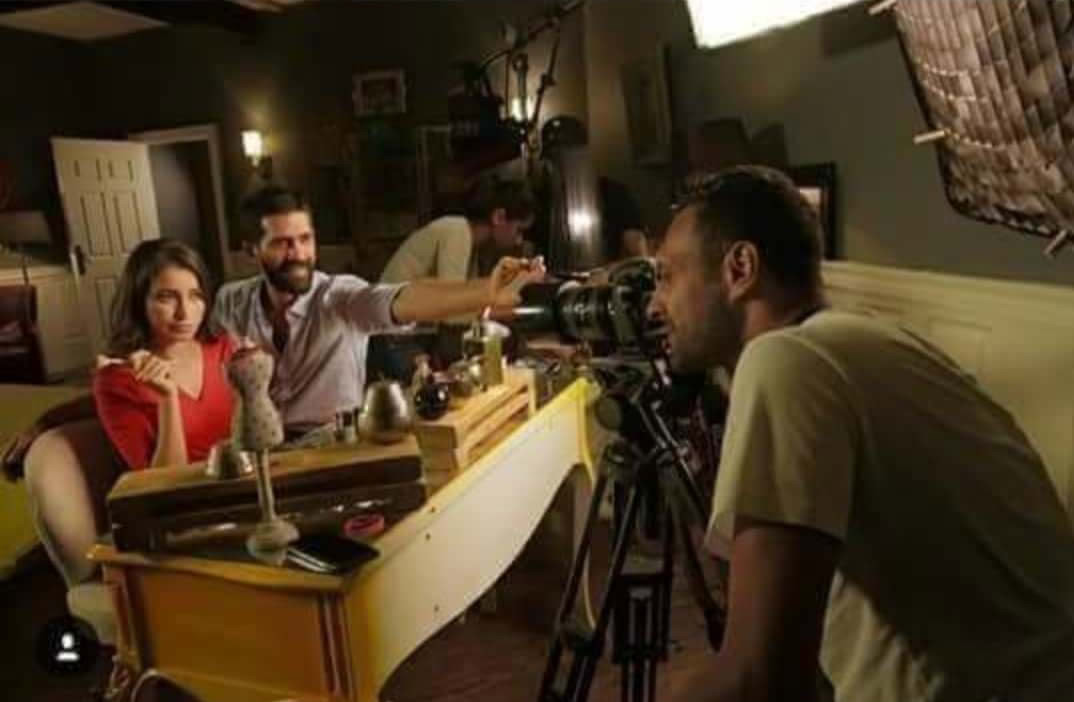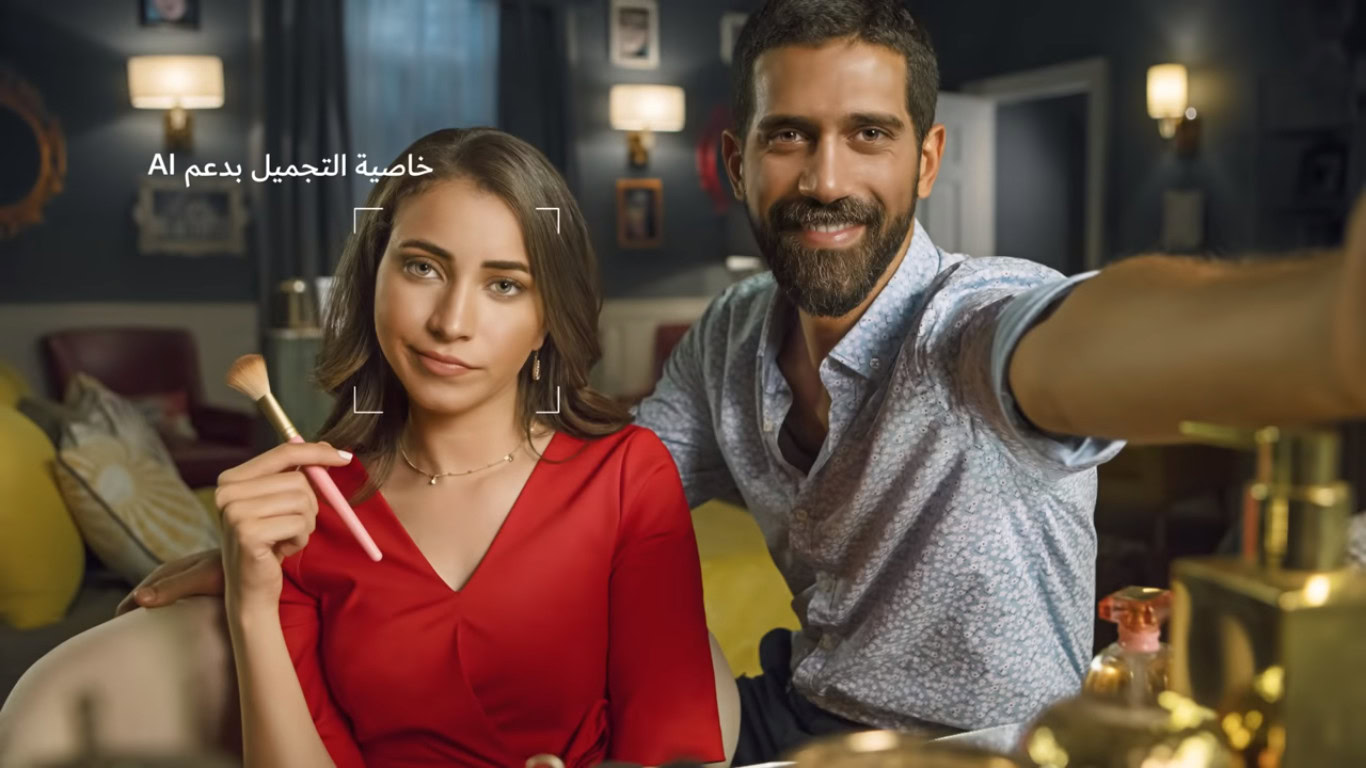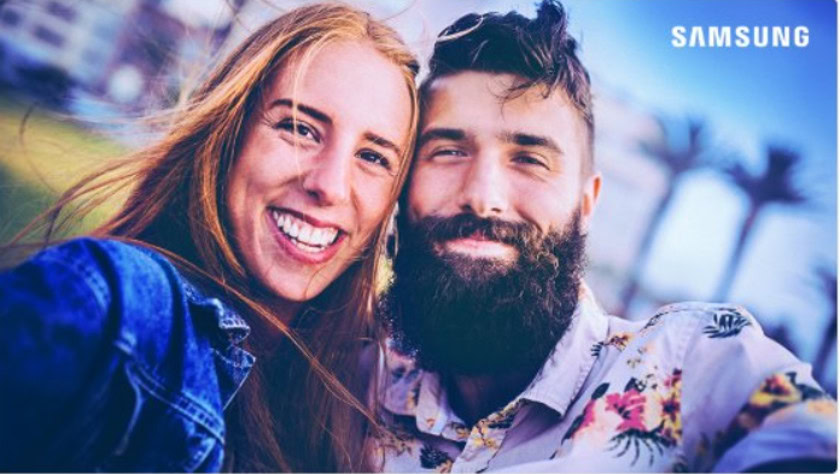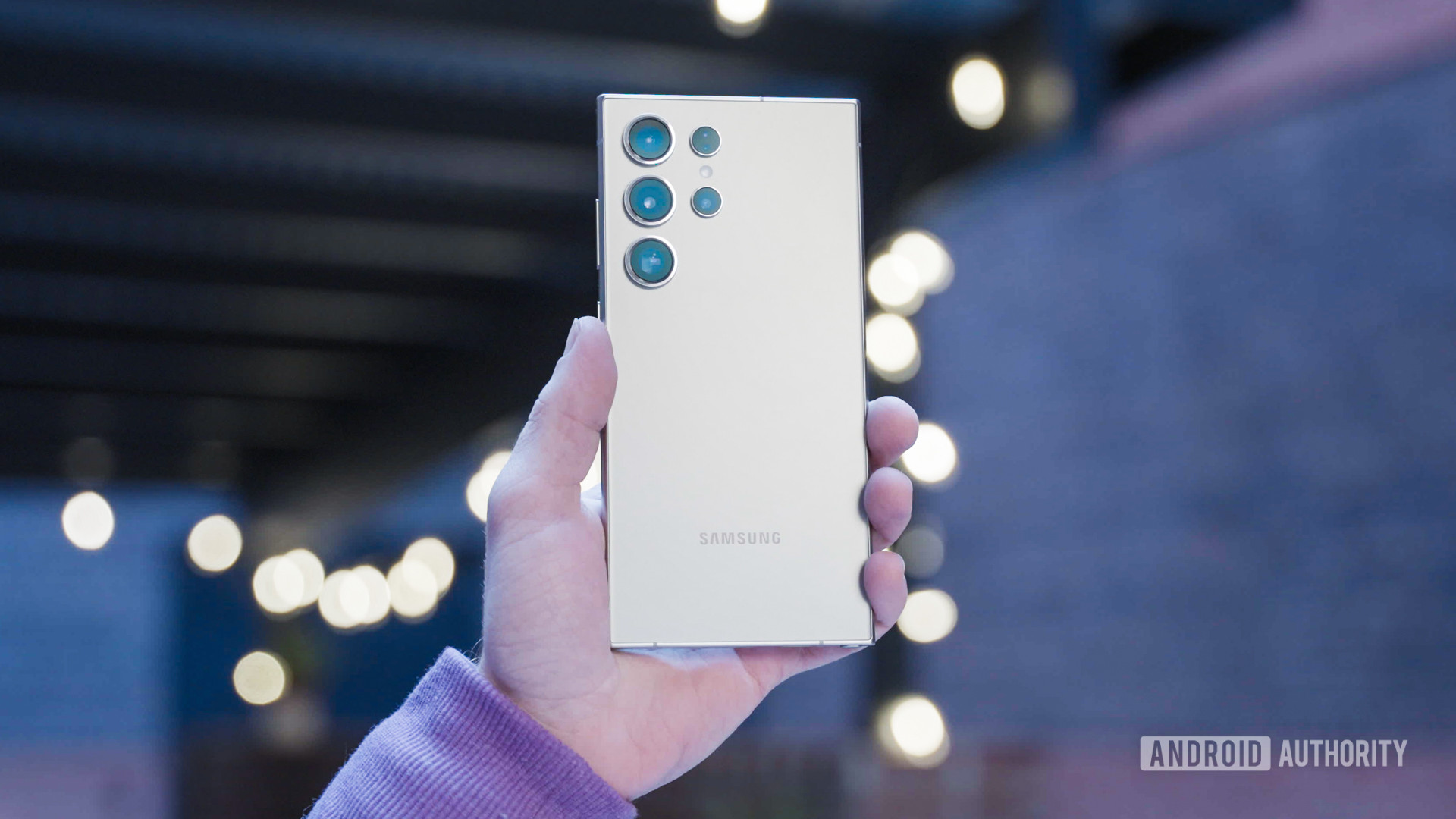Affiliate links on Android Authority may earn us a commission. Learn more.
First Samsung, now HUAWEI (again): How often do phone makers fake images?
Published onAugust 20, 2018
Last week, it emerged that Samsung Brazil misled users with stock photos, implying that they were from the Galaxy A8‘s selfie camera instead. Now, it’s Huawei‘s turn, as its Egyptian division apparently faked selfie shots for a Nova 3i commercial.
HUAWEI Egypt published an ad on YouTube (embedded at the top), showing the Nova 3i being used by an actor and actress in various situations, including selfies. But a redditor spotted a behind-the-scenes Instagram post uploaded by the actress, suggesting that the phone wasn’t used at all.

Instead, the now-deleted Instagram post shows that a DSLR camera was used for the selfie and that there was seemingly nothing in the selfie-taker’s hand.
Here’s the resulting, heavily edited shot:

Now, simulated shots aren’t unheard of when it comes to smartphone ads, but the lack of any sort of disclosure in this instance makes it all the more disappointing.
Between slip-ups such as the aforementioned Instagram post and modern techniques (like reverse image search and metadata sniffing), chances are good that you’ll be found out. So why go to the trouble of faking in the first place?
Brands caught faking it

It’s not the first time HUAWEI has been outed for misleading images related to its smartphones. Back in 2016, the company uploaded a shot to its social media channels, implying it was taken with the HUAWEI P9. Of course, it turned out that the image was taken with a high-end camera instead.
Then there was the aforementioned Samsung Brazil social media post last week. The division posted two shots on Twitter, suggesting they came from the Galaxy A8. A fellow Twitter user then discovered that the images were actually stock photos, rather than shots actually taken with the Galaxy A8. Samsung Brazil then bizarrely reasoned that the stock shots reflected the target audience’s attitude.
What makes both Samsung and HUAWEI’s latest gaffes even more perplexing is that they chose to fake selfie images. Both the Galaxy A8 and HUAWEI Nova 3i have dual cameras on the front (16MP+8MP and 24MP+2MP respectively), making for capable selfie platforms on paper.
In fact, actually using the phones in a studio environment would’ve probably yielded good results anyway. And the manufacturers could indeed claim that the selfies were taken on the phones themselves, even if professional lighting equipment was used.
How often is fakery happening?
You’d think that the industry would learn from HUAWEI’s 2016 incident (and Nokia’s Lumia 920 gaffe in 2012). But we’ve now had two instances of manufacturers misleading consumers about their phone’s capabilities just this month.

The fact that these recent gaffes take place at a regional level suggests that it might not be an issue with Samsung or HUAWEI at large. But the seeds of doubt have already been planted, making us wonder just how often smartphone brands are misleading the public regarding camera capabilities. After all, if it’s a widespread practice, it means that people might be buying a phone based on lies.
We’ve contacted HUAWEI and Samsung for comment and will update the article when we receive a response. What do you make of these latest HUAWEI and Samsung photo gaffes? Let us know in the comments section!